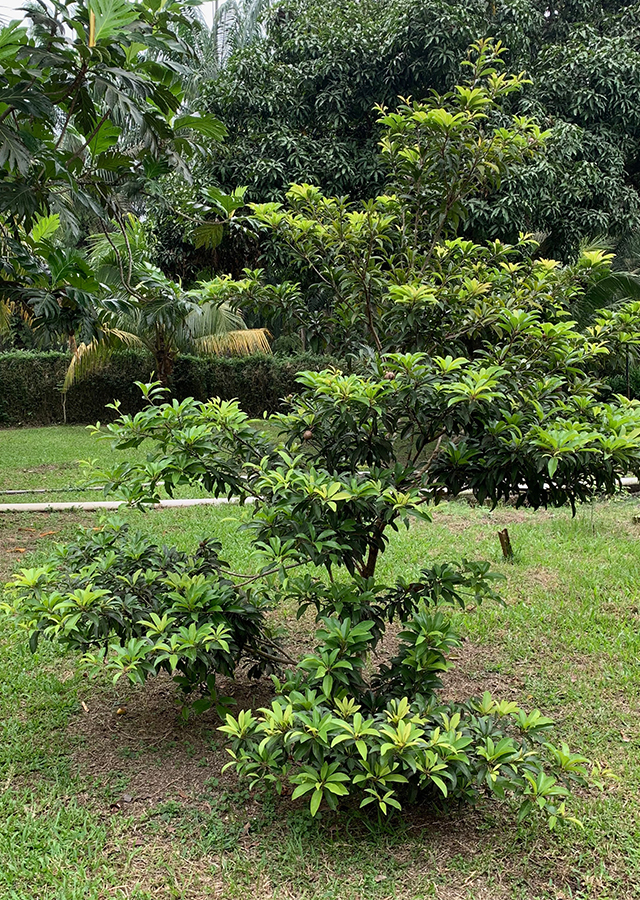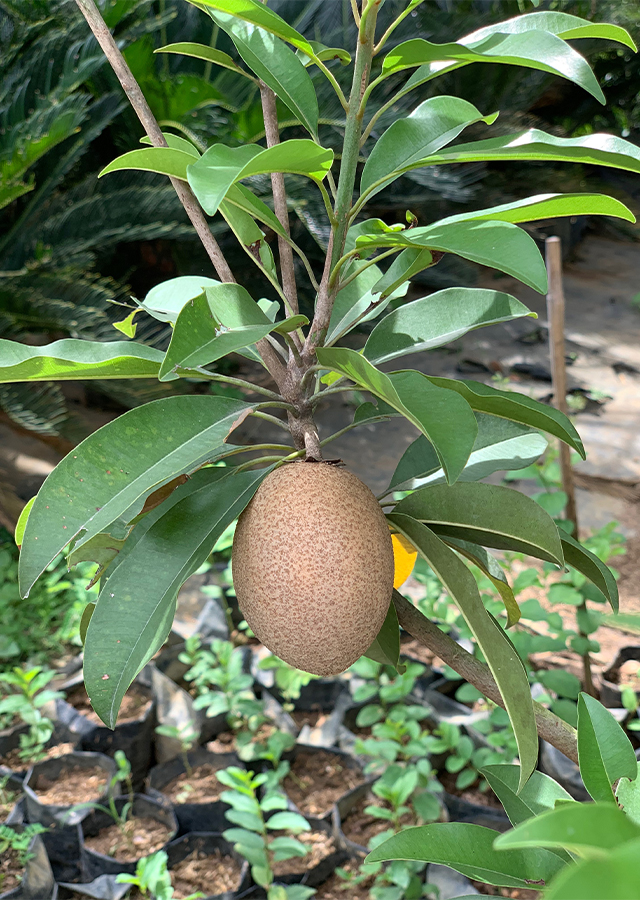Traditional Herbs from Manilkara zapota
diarrhea
- Collect the sap of young fruit. Take 15 drops of fruit sap then brew it with \u00bd glass of hot boiled water.
- Drink the concoction all at once.
treat_wounds_from_venomous_animal_bites_or_stings
- Gather enough manila sapodilla seeds." ,"The seeds are pounded until they are crushed.
- Stick them to the sick part.
What is Manilkara zapota Looks like??



Parts of Manilkara zapota that could be used
- Leaves
- Seeds
- Bark
- Fruit
- Latex
- Stem
Manilkara zapota Distribution
Originating from tropical America such as Guatemala, Mexico and the West Indies. Its distribution extends from Mexico to the Philippines and possibly from there to Southeast Asia. Sapodilla nuftah plasma collections are found in Los Banos (Philippines), Queensland (Australia), India, Cuba, Brazil, Costa Rica, Florida, Hawaii (United States).Agroecology of Manilkara zapota
Widely planted in the lowlands up to an altitude of 2,500 m above sea level, with a wet to dry climate between 1,250-2,500 mm/year. Able to adapt to various temperatures between 22-32°C, gets enough sunlight, tolerant of shade. Prefers sandy loam, well-drained soil, with a pH of 6-7.
Morphology of Manilkara zapota
- Stems of rough texture, grayish to dark brown, contain latex sap.
- Single leaves, green.
- Flowers appear in the axils of the leaves, hanging down, with brown hairs on the outer surface. Each bunch is six in number.", "Fruit is ovate to oblong. Young fruit has dark brown skin, scaly, flesh is gummy. Old fruit is light brown, smooth surface, light brown flesh.
- Black-brown seeds, flat oval shape and shiny.
Cultivation of Manilkara zapota
- Generative (seed) and vegetative propagation (stem grafts or twigs).
- Seeds: wash the seeds thoroughly, dry them in the sun for 12 hours then store them for 2 weeks before sowing. After about 2 weeks the shoots will grow. Old seeds 4-6 months, can be transplanted into the field.
- Grafting: Select stems aged 4-6 months.
- Harvesting fruit is generally after the plant is 1-2 years old.
Manilkara zapota, more details :
Chemical Content of Manilkara zapotaTannins, flavonoids, folic acid, potassium, phosphorus, saponins, phenolic acids, hydroxybenzoic acid, flavanols.
Benefits of Manilkara zapota
Facilitates digestion and treats constipation, canker sores, inflammation, diarrhea, maintains the immune system, increases energy, supplies body fluids, anti-cancer, healthy eyes, strengthens bones, reduces the risk of blood vessel damage.
Simplisia of Manilkara zapota
- Wet sort and wash the manila sapodilla fruit thoroughly with running water. Cut into thin strips to make drying easier.
- Dry on a drying rack. Once dry then sort dry from other unwanted ingredients.
- Blend the ingredients using a blender until they become powder .
Another Facts for Manilkara zapota :
Synonym of Manilkara zapotaAchradelpha mammosa (L.) O.F.Cook, Achras breviloba� (Gilly) Lundell, Achras calderonii� (Gilly) Lundell
Habitus of Manilkara zapota
Tree. Annual tree, reaching 5-20 m high
Habitat of Manilkara zapota
- Forest
- Coast
No comments:
Post a Comment